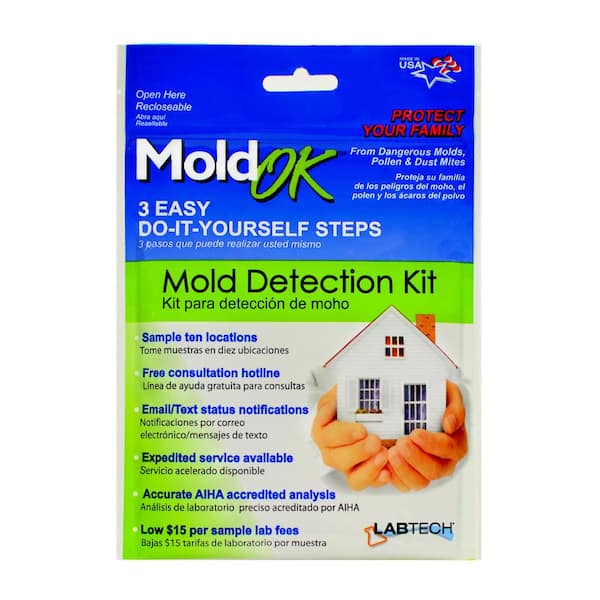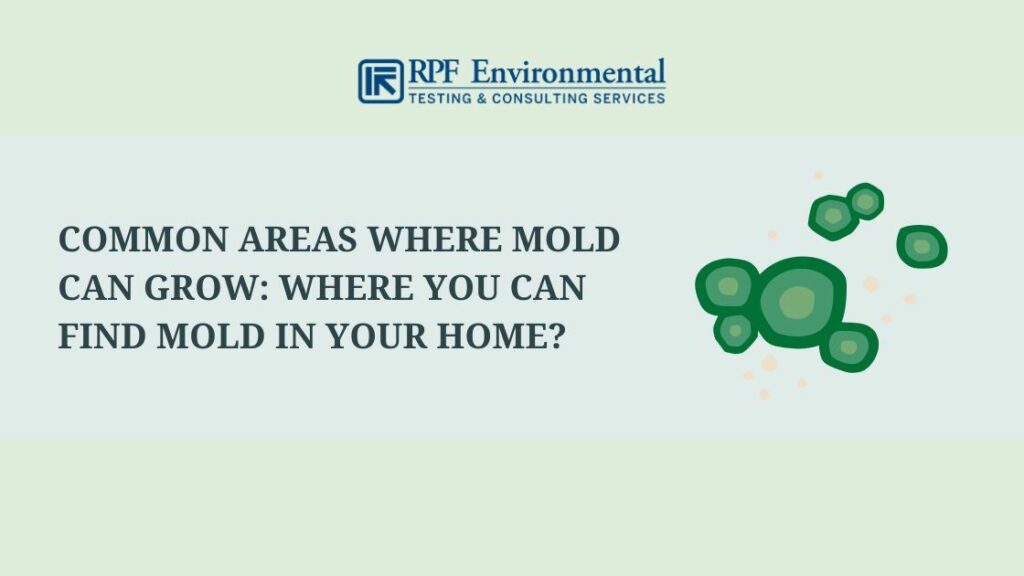The Duty of Mycotoxin testing Services in Food and Feed Safety And Security
The Duty of Mycotoxin testing Services in Food and Feed Safety And Security
Blog Article
Ensuring Conformity With Rules: the Function of Mycotoxin Checking in Quality Assurance
Guaranteeing conformity with stringent regulations is paramount for preserving food safety, and the function of mycotoxin screening in high quality control can not be overstated. Mycotoxins, hazardous compounds created by particular mold and mildews, present significant health threats, making their detection critical in food production. Adherence to regulatory criteria, such as those established by the FDA and EU, calls for durable screening techniques and innovations to identify and quantify these contaminants. By executing thorough testing protocols, companies can stop possible wellness situations, stay clear of costly recalls, and keep consumer depend on. The complexities of these testing processes elevate important inquiries concerning their effectiveness and performance.
Recognizing Mycotoxins
Recognizing mycotoxins is essential to guaranteeing the quality and safety of agricultural products. The most notorious mycotoxins consist of aflatoxins, fumonisins, trichothecenes, and ochratoxins, each associated with particular environmental conditions and fungal types.
The existence of mycotoxins in food items can lead to persistent and intense health issues, including liver damage, immune suppression, and cancer causing impacts. Subsequently, their discovery and metrology are vital components of top quality control in farming and food markets. The intricacy of mycotoxin contamination necessitates a complex technique, utilizing advanced analytical methods such as liquid chromatography, mass spectrometry, and enzyme-linked immunosorbent assays (ELISA) By recognizing the sources, types, and results of mycotoxins, stakeholders in the agricultural market can much better apply preventative procedures and minimize threats, making sure more secure usage for end-users. This understanding creates the bedrock whereupon efficient mycotoxin monitoring practices are built.
Regulative Standards for Mycotoxins
Having established a foundational understanding of mycotoxins and their effect on food security, it is necessary to evaluate the regulatory requirements governing their existence in farming products. Regulatory requirements for mycotoxins are essential since they define acceptable restrictions, making sure food safety and security and shielding public health. Various international and national agencies have actually established these limitations based upon extensive danger analyses.
The Codex Alimentarius Compensation, an international body established by the FAO and WHO, offers guidelines and optimum allowed degrees for various mycotoxins in food and feed. For circumstances, the Codex has set restrictions for aflatoxins in peanuts, maize, and dried figs, to name a few products. These standards are typically taken on or adapted by specific nations to fit their specific demands.
In the European Union, Policy (EC) No 1881/2006 stipulates optimum degrees for a number of mycotoxins, such as aflatoxins, ochratoxin A, and deoxynivalenol, in various food products. The United State Food and Drug Administration (FDA) has developed action levels for mycotoxins like aflatoxins in products such as nuts and grains.
Adherence to these regulatory standards is critical for maintaining market access, customer count on, and public health and wellness. Non-compliance can cause substantial financial losses and health and wellness threats, underscoring the relevance of rigorous mycotoxin screening methods.
Checking Methods and Technologies

ELISA is commonly appreciated for its quick and cost-efficient testing capacities, making it suitable for high-throughput atmospheres. It counts on antibodies to identify certain mycotoxins, providing cause a fairly brief time framework. However, its sensitivity may be restricted contrasted to more advanced techniques.
HPLC, on the various other hand, excels in giving measurable evaluation with high precision and precision. It separates intricate mixtures right into private parts, making it extremely reliable for recognizing and evaluating multiple mycotoxins all Our site at once - Mycotoxin testing Services. This technique, while more time-consuming and resource-intensive than ELISA, offers a greater level of dependability

LC-MS represents the peak of analytical uniqueness and sensitivity. Integrating the splitting up power of liquid chromatography with the discovery capacities of mass spectrometry, LC-MS can discover even trace degrees of mycotoxins. This approach is essential for validating the visibility of mycotoxins in forensic and governing contexts, making sure compliance with strict security requirements.
Executing Evaluating Procedures

Including these advanced testing approaches right into an extensive quality assurance framework demands a well-structured approach to executing screening methods. To attain this, organizations should initially perform pop over to this site a thorough risk evaluation to recognize possible mycotoxin contamination factors within the supply chain. This analysis educates the development of a tailored testing strategy that attends to particular susceptabilities.
Next, establishing standard tasting treatments is crucial. Consistent tasting makes sure that examination outcomes are reliable and representative of the whole batch (Mycotoxin testing Services). Sticking to guidelines from regulative bodies, such as the FDA or EFSA, assists preserve compliance and boosts the credibility of the screening procedure
Educating employees is another pivotal part. Personnel needs to be efficient in both example collection and the procedure of testing equipment. Normal training sessions and certification programs can guarantee that employee remain updated with the current methods and regulatory adjustments.
Advantages of Mycotoxin Evaluating
Mycotoxin testing offers numerous advantages that considerably enhance the safety and top quality of food and feed products. Primarily, it works as a critical control action to prevent infected items from reaching the consumer market, thereby securing public health. By identifying and measuring mycotoxins such as ochratoxins, fumonisins, and aflatoxins, producers can make sure that their products meet rigid governing standards, thus avoiding possible legal repercussions and connected costs.
Additionally, mycotoxin screening adds to the economic practicality of food and feed industries by minimizing the risk of massive product remembers. The ability to isolate and discover polluted sets early in the manufacturing process decreases waste and protects against the financial losses related to damaged brand online reputation. It promotes consumer depend on and loyalty, as consumers are increasingly conscious of food security concerns and demand greater top quality standards.
The implementation of routine mycotoxin testing likewise you could try here promotes finest methods within farming and manufacturing industries. By adhering to extensive screening procedures, companies can optimize their high quality control processes, enhance operational efficiency, and ensure the constant manufacturing of risk-free, premium items. In final thought, the advantages of mycotoxin screening are multifaceted, adding to public health, economic stability, and industry honesty.
Verdict
Mycotoxin screening is essential in making certain compliance with regulative criteria, thus preserving food safety and security and quality control. Therefore, mycotoxin screening continues to be an important part of modern-day food safety administration systems.
Making certain conformity with strict guidelines is extremely important for maintaining food security, and the duty of mycotoxin screening in quality control can not be overemphasized.In the realm of mycotoxin testing, progressed modern technologies and techniques are crucial in guaranteeing food safety and security and regulative compliance.Mycotoxin testing uses many advantages that considerably improve the safety and quality of food and feed products.Mycotoxin testing is essential in making sure conformity with regulatory requirements, therefore maintaining food security and top quality control. Hence, mycotoxin screening continues to be a crucial part of modern-day food safety and security monitoring systems.
Report this page